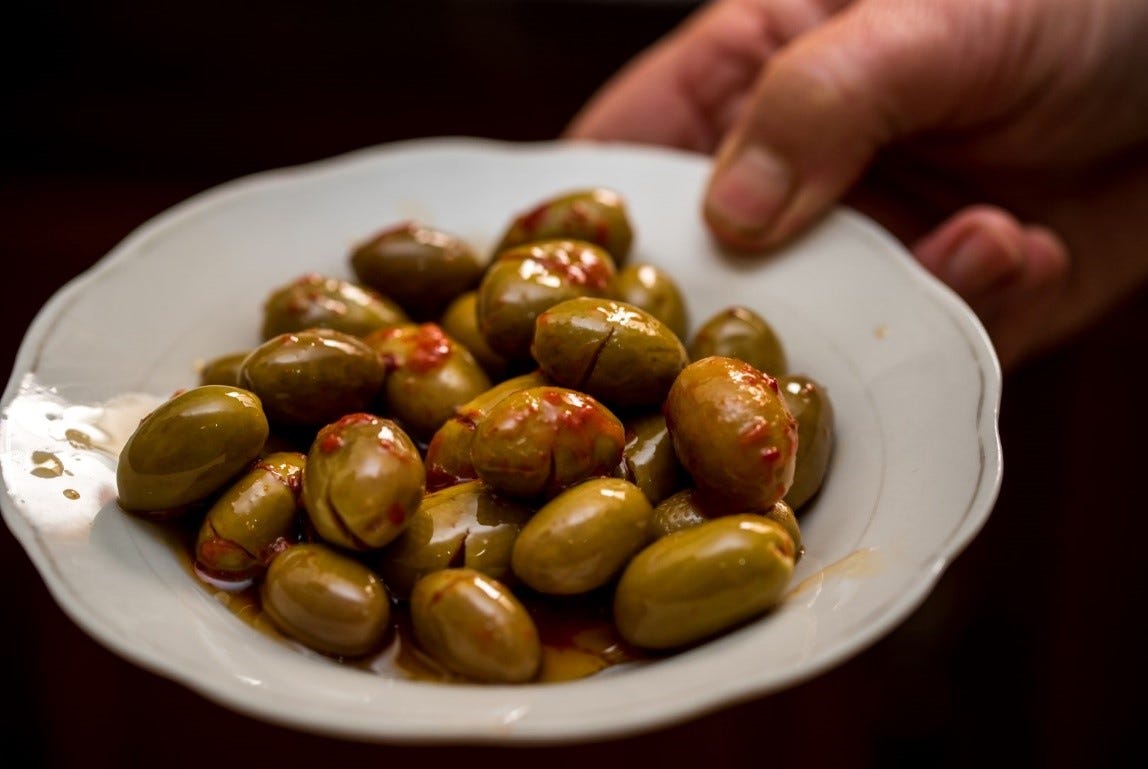The culinary process of fermentation dates back as far as the Neolithic era (10000 - 2200 BCE), when residues of beer, seemingly made from gruel, was discovered in the Raqefet cave in Haifa in 2018, by archaeologists excavating a burial site of nomadic hunter gatherers. Evidence of bread making 5000 years ago, was discovered within the Black Desert within Jordan, most likely made from the indigenous wild emmer wheat and wild barley, that can still be found growing on the foothills of Mount Hermon and across the Golan Heights, in the spring sunshine.
Fermenting foods and beverages have always retained religious significance in both Judaism and Christianity and are deeply rooted within the rituals practiced in both faiths, blessing the sanctification of the symbolic Challah and Eucharist breads and the sacramental wine.
The poverty stricken Ashkenazi Jews of the Eastern European shtetls made the most of every bit of ingredient they afforded by preserving and fermenting vegetables, grains and fish to eek out the food for as long as possible to feed and sustain their large and often hungry families. The humble cabbage was shredded finely and covered in salt, and stored for weeks until it fermented and became the ubiquitous sauerkraut. Other vegetables including beetroot, cucumbers and onions were pickled in a light brine and fresh herring was cured for longevity.
Fermented foods have been an increasing culinary trend for a number of years and with the continued interest in natural probiotics and gut health, 2024 is likely to see a rise in all kinds of fermented foods and drinks. We will be seeing a definite rise in fermented dairy products and desserts, which can be found on high end restaurant menus flavoured with unique tasting ingredients such as pine, hibiscus and avocado honey, so look out for a cultured creme brulee, goat’s milk ice cream and kefir panna cottas…
The ancient Sephardi, Arabic and Mizrachi cuisines all love a pickle too, preserving the gluts of seasonal fruits and vegetables to ensure availability on the plate all year round. ‘Hamutzim’ is the hebrew term for pickles and olives, cucumbers, kohlrabi, aubergines and lemons to name but a few, fall into this category when lightly cured in a home made brine, to accompany each meal.
This week’s recipe is a very simple pickled vegetable salad that we would regularly make for the troops. Vats of this ‘salat hamutzim’ were prepared from the crates of fennel bulbs, kohlrabi, carrots and other vegetables donated to the kitchen, avidly chopping away before adding a fragrant brine with a fresh chilli kick, and leaving to marinate for 24 hours.






